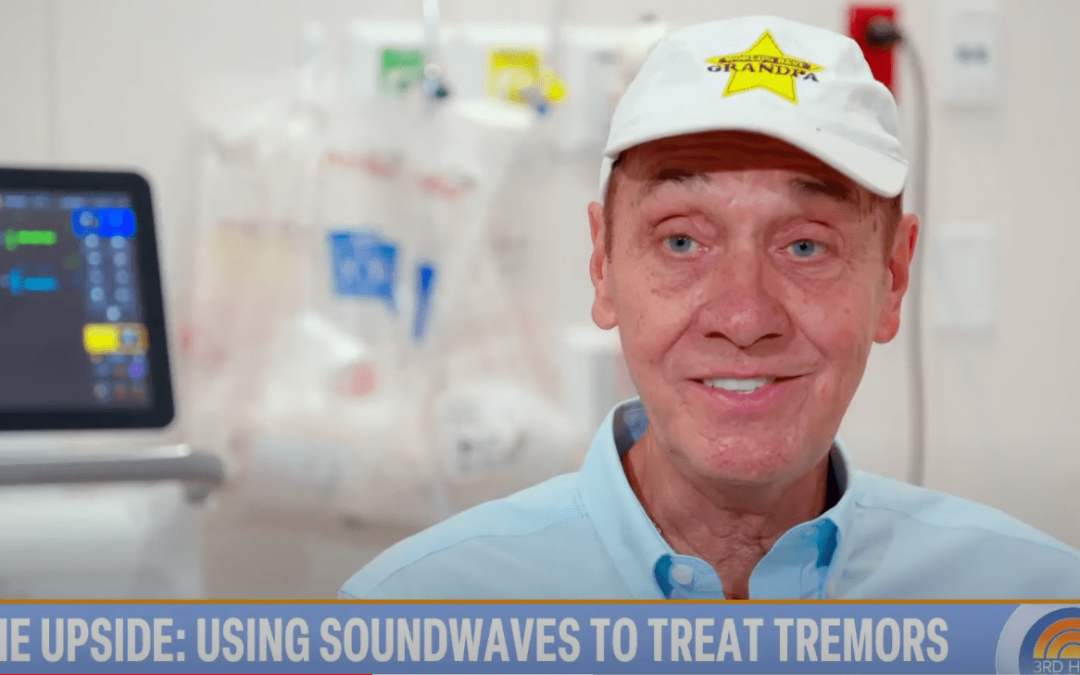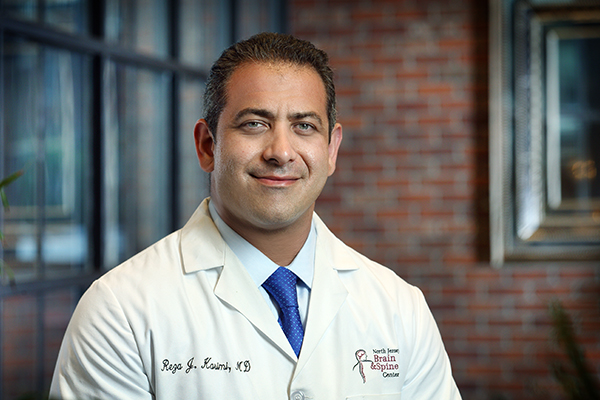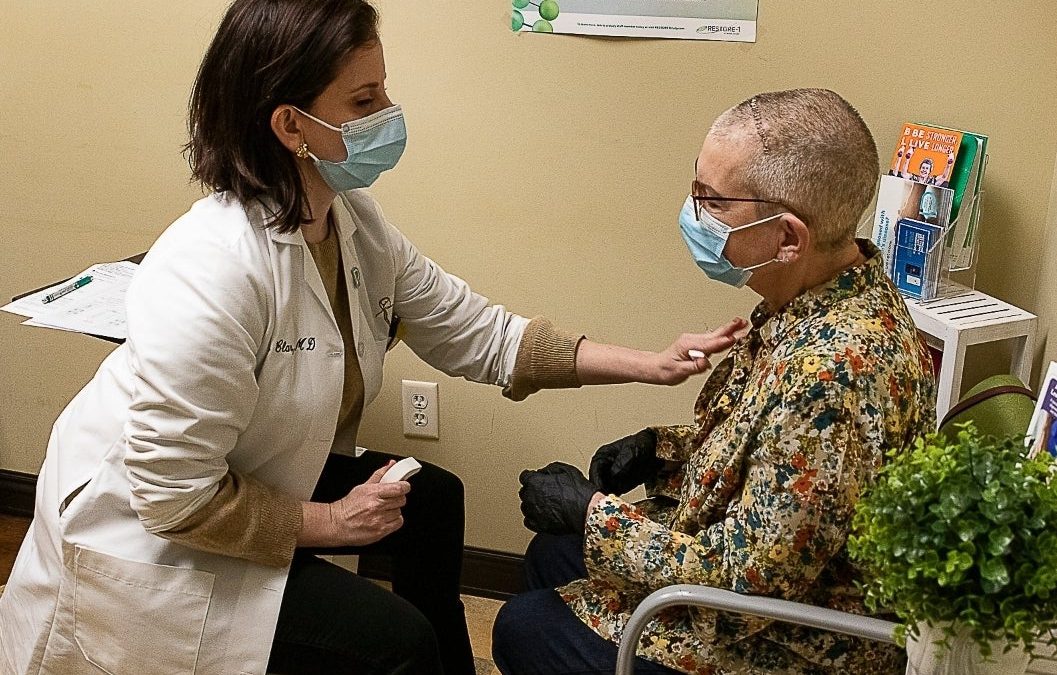What is Microvascular Decompression?
Microvascular decompression is a surgical procedure that was developed based on a hypothesis that pain or other aberrant nerve function was the result of repetitive trauma incurred by the pulsations of a normal contiguous cerebral vessel. The microvascular decompression procedure involves the physical separation of the nerve from the offending vessel and is achieved through a craniotomy/craniectomy allowing for direct visualization of the artery/nerve interface.
Microvascular decompression surgery, developed in the 1970’s, has been enormously efficacious in alleviating the symptoms of trigeminal neuralgia, hemi-facial spasm and glossopharyngeal neuralgia.
Overall, when compared to other procedures used to treat trigeminal neuralgia in particular, microvascular decompression has higher procedural risk than either percutaneous rhizotomy or Gamma Knife and requires a general anaesthetic. These risks, however, are counterbalanced particularly in younger patients with the knowledge that more complete and lasting relief of pain is achieved by treating the source of the condition rather than by causing a selective therapeutic nerve injury.
Hemifacial Spasm Videos
Glossopharyngeal Neuralgia Videos
Trigeminal Neuralgia Videos








